10 years ago, one day at the end of April, my father and I happened to attend a meeting of people who worked in propaganda and education in Tay Ninh (old) through the ages. I knew that my father had worked in the Provincial Party Committee's Propaganda Department during the resistance war. In the days after liberation, our family lived in the premises of the Provincial Party Committee's Propaganda Department (now the second base of the Department of Culture, Sports and Tourism) for a few years before moving away. However, I only knew about my father's youth through small stories, which he only told when he was really excited.
It was only at the meeting, when invited to the podium, that my father told about the time he worked in the Propaganda Department as a telegraph operator. There was a story that I had to quickly open my notebook to write down a few lines so that I could learn more about it later, that was the story about the temple dedicated to Uncle Ho built by the cadres and employees of the Provincial Party Committee's Propaganda Department in the Ta Boi forest (Cambodia border) right after Uncle Ho passed away - September 2, 1969.
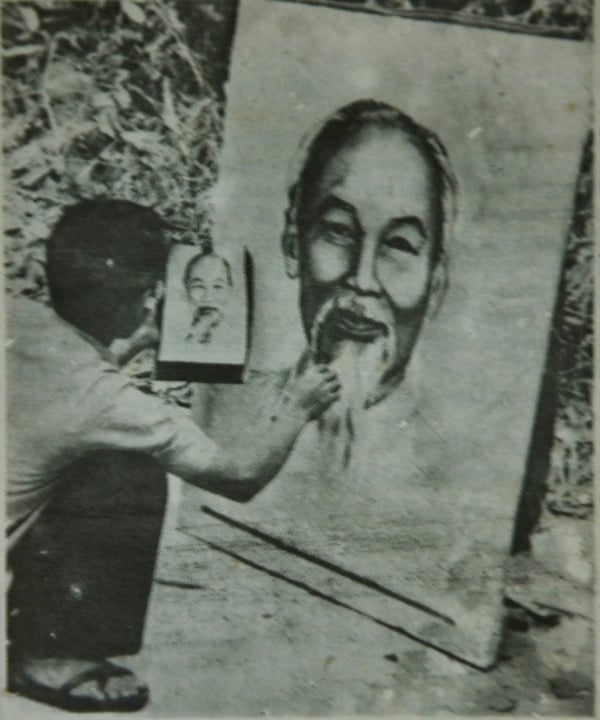
Painter Tam Bach (Ba Trang) painted a portrait of Uncle Ho during the resistance war.
Later, through the stories of veteran cadres, hearing the story of the day Tay Ninh Provincial Party Committee solemnly organized Uncle Ho's funeral in tears or the story of painter Tam Bach (Ba Trang) and painter Vo Dong Minh quickly drawing Uncle Ho's portrait, the story of the Provincial Party Committee's Propaganda Department devoting all their efforts to building a temple in the middle of the forest... we can clearly see the boundless love and grief of Tay Ninh's army and people when Uncle Ho passed away.
Previously, in March 1968, Uncle Ho had asked the Politburo to approve his visit to the South. In the letter with the words “absolutely confidential” written in red ink on the margin, sent to comrade Le Duan, Uncle Ho requested to disguise himself as a “worker” on a ship crossing the sea to the South. He wrote: “…B. will arrange this himself, it’s easy. When he arrives, the brothers in the Central Office for Southern Vietnam (Central Office for Southern Vietnam - NV) will only be responsible for welcoming him when the ship arrives at the port of Mien (Cambodia - NV) and taking him to the house of Mr. Sau and Mr. Bay. Stay. Depending on the conditions, we will decide: at least a few days, at most only a month. How to operate, we will discuss with the brothers in the office…” (Mr. Sau is comrade Le Duc Tho; Mr. Bay is comrade Pham Hung - NV). At that time, if the war situation in the South was not so fierce, who knows, Tay Ninh - the location of the Central Office would have been honored to welcome Uncle Ho to visit.
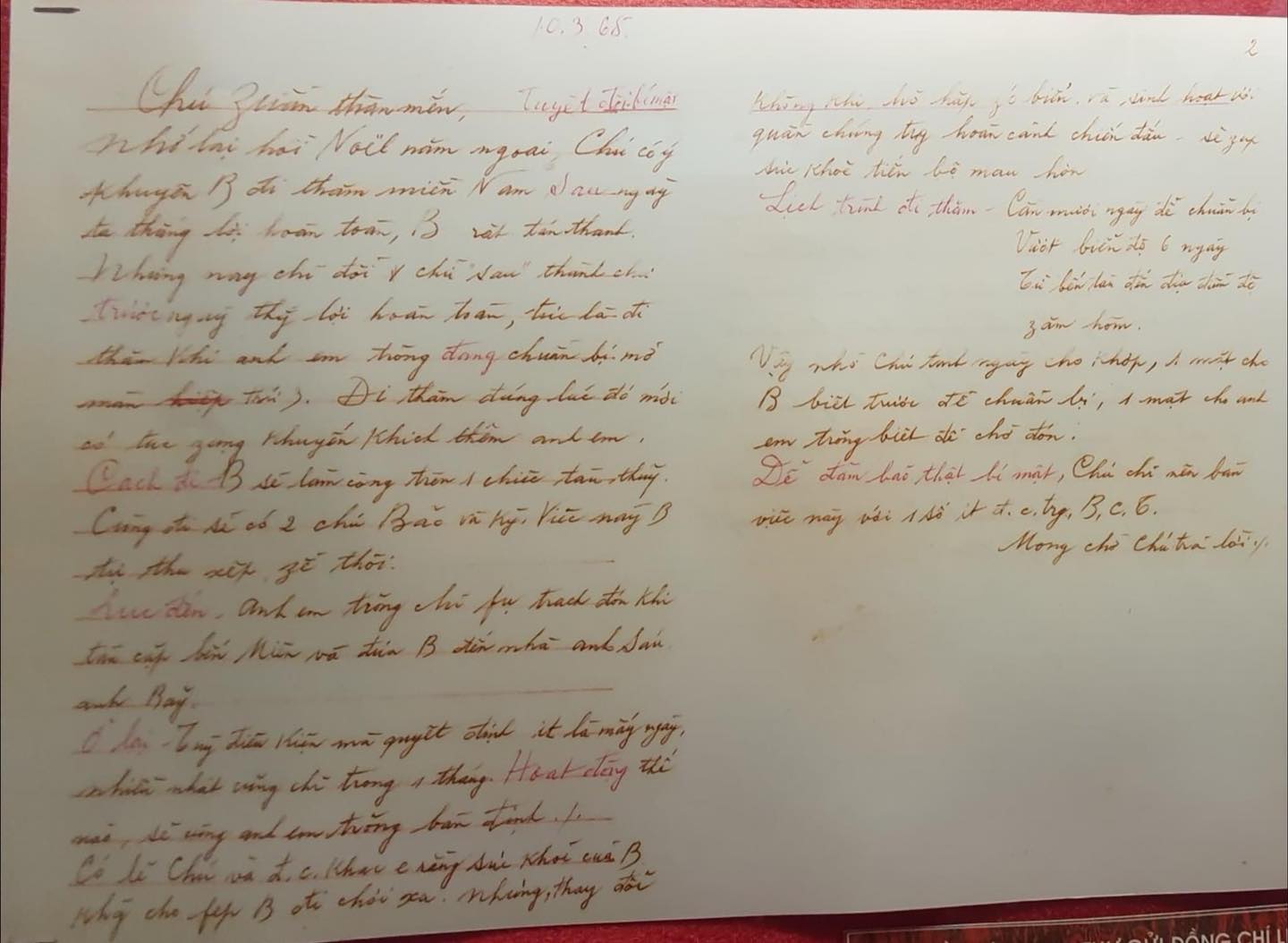
A copy of President Ho Chi Minh's "top secret" letter about his visit to the South is currently on display at the Southern Central Bureau Base Relic Site (Tan Lap Commune, Tay Ninh Province).
On the day Uncle Ho passed away, in the middle of Ta Boi forest, Mr. Nguyen Van Hai (Bay Hai) - former Secretary of Tay Ninh Provincial Party Committee choked up as he read the eulogy: “... Our nation and our Party lost a genius leader and a great teacher... Farewell to him, we swear to forever raise the flag of national independence, determined to fight and defeat the American invaders, liberate the South, protect the North, unify the country to fulfill his wishes... President Ho has passed away but he always leads us. We still feel that he is always by our side. Because we still follow his path, continue his great cause. Because he still lives forever with the country, his name and image are increasingly engraved in the hearts and minds of each of us...”.
In a conversation, Mr. Bay Hai recalled: “Perhaps at that time, the comrades in Propaganda Department were the ones who felt the heaviest. Because those comrades had to do a job that was usually very normal but in this case was too much to bear: transcribing the funeral content read slowly by Hanoi Radio. Even though the reader read slowly, the writer was afraid that he wouldn’t be able to write in time, the lines kept shaking. Only those who cried while writing could fully feel that heaviness… The prescribed mourning period had passed by a week, but many people still kept the mourning cloth on their chests. Many days later, the atmosphere was still filled with sadness. Everyone was crying, not a single loud noise, not a single loud voice.”
The leaders of the Provincial Party Committee's Propaganda Department decided to build a temple to honor Uncle Ho with self-made materials and means. The design of the temple was led by Mr. Phan Van (former Chairman of the Provincial People's Committee), and the construction was led by Mr. Vu Dai Quang. Painter Tam Bach was in charge of interior decoration, and Mr. Ho Van Dong was in charge of logistics and security.
By design, it was a majestic temple. In the main hall, the temple was designed with two roofs to illuminate the interior, highlighting the different colors of the brick walls, columns, incense burners and altar - a blooming lotus platform, on top of which was placed a statue of Uncle Ho. To preserve the agency's secrets, the wood had to be taken from a forest about 5 kilometers from the base. At that time, the field was flooded, so after cutting the wood, the officers and staff of the Board pushed the trees into the water and pushed them back, despite the fact that in the middle of the field, the water was chest-deep. Usually, it was past midnight before the officers and staff who went to cut the wood could rest.
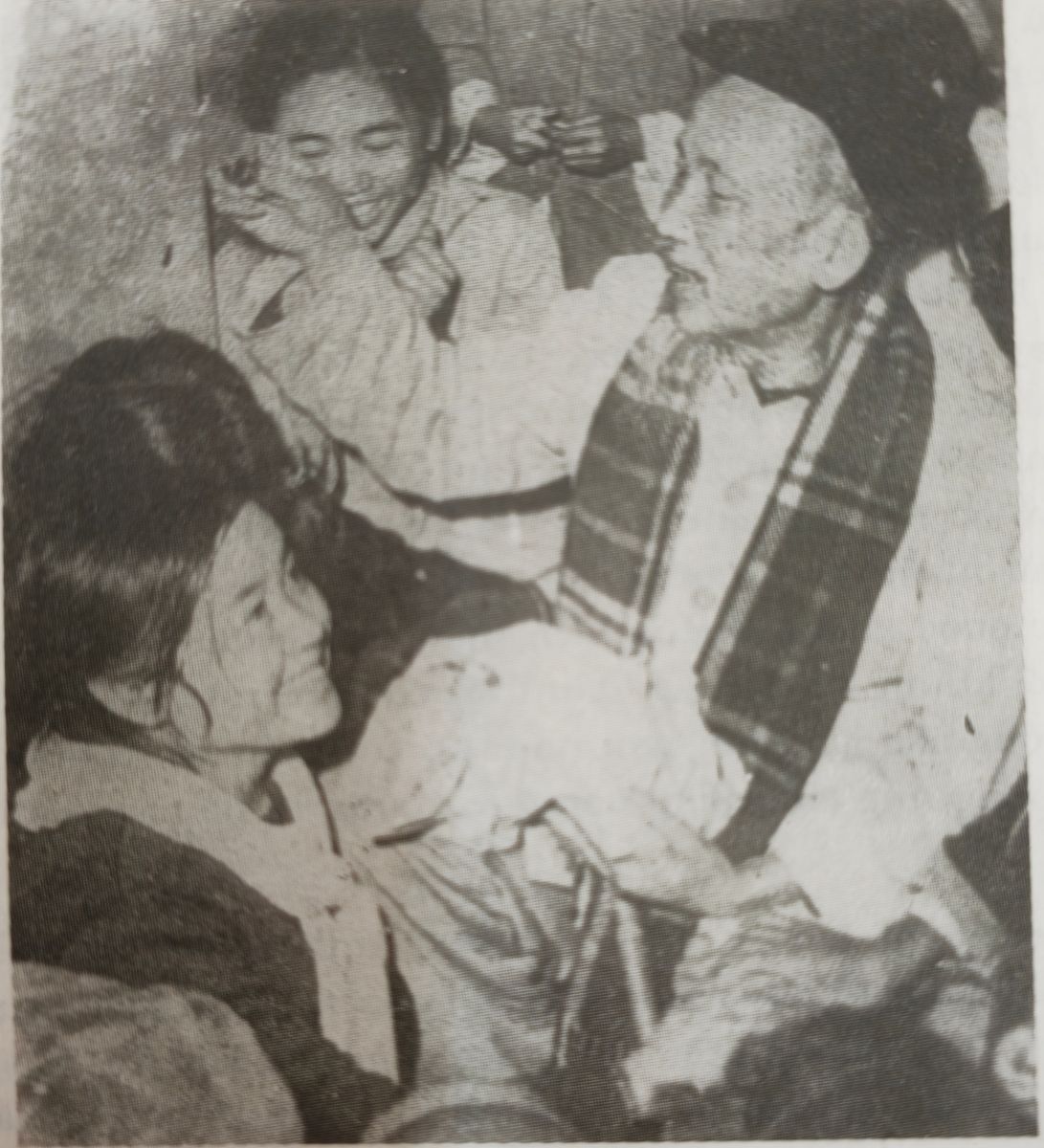
Ms. Vo Thi Thu Dung (Tu Dung, Thu Ha) - Member of the Executive Committee of the Vietnam People's Revolutionary Youth Union of Tay Ninh province (left cover) and Southern youth met Uncle Ho at the Presidential Palace in 1968.
The temple was completed after nearly a month of urgent construction. The walls and pillars were painted light yellow. Because the bricks were not fired, the workers used wood to ensure their durability and then covered the outside with bricks. The altar wall has a raised pattern painted red, decorated with a five-pointed star lantern. The altar is blue, the lotus platform is white, on the lotus lantern is not a statue of Uncle Ho as originally designed because of lack of conditions and time, so instead it is a portrait of Uncle Ho drawn by artist Tam Bach. It is a painting that is recognized by everyone as very beautiful. The author himself considers it his most favorite painting since he first picked up the brush.
Without waiting for the construction to be completed, cadres and people in the area came to watch and encourage the workers every day. When the temple was completed, people brought incense, tea, and fruit to commemorate Uncle Ho. Hoang Le Kha Printing House printed small cards, giving a general introduction to the project to give to people and cadres and soldiers who came to visit Uncle Ho. Battalion 14 came here after each battle to report their achievements to him. Vietnamese and Khmer people on both sides of the border and people in the temporarily occupied areas also often came to visit and burn incense on Uncle Ho's altar, sometimes up to hundreds of people each day, including monks, nuns, Buddhists, Cao Dai followers and dignitaries.
My father told me: in early 1970, right after the coup against King Norodom Sihanouk, the Lon Nol government of Cambodia sent a company to search for Uncle Ho's temple in Ta Boi. One morning, discovering Lon Nol soldiers armed to the teeth storming the area near the temple, Mr. Tu The (photojournalist of Tay Ninh Newspaper) raised the alarm, rushed out, and "spoke" in French to chase them away. At that time, the staff of the Propaganda Department were ready to fight if Lon Nol's gang tried to destroy the temple. At that time, Mr. Phan Van, Head of the Provincial Party Committee's Propaganda Department - who was very good at French - came out to talk to the commander of these soldiers. After a rather fierce conversation, the commander finally agreed to withdraw his troops.
Mr. Bay Hai recalled: “Following the call of the Provincial Party Committee, many cadres, party members and people set up altars for Uncle Ho. Many altars in the temporarily occupied areas were set up without Uncle Ho's picture, only a single incense burner with a heart full of longing for Uncle Ho”. When hearing the news of Uncle Ho's death, many families in Tay Ninh town at that time set up altars in front of their yards, offering incense and flowers to commemorate Uncle Ho, especially each vase of flowers had two colors: red and yellow. The militia and rural cadres came around to ask questions, the people answered: on his death anniversary, they worshiped Buddha and heaven. They had no choice but to keep quiet because they had no way to argue.
On September 5, 1969, when the Party Central Committee and the Government solemnly held a memorial service for President Ho Chi Minh at Ba Dinh Square, a prayer service for him was also held at a small pagoda in Gia Loc Commune, Trang Bang District. That was Phuoc Thanh Pagoda in Bau Lon, presided over by monk Thich Thong Nghiem, whose secular name was Pham Van Binh. The ceremony was held in a very solemn and touching manner with more than 40 Buddhists and people in the area attending. The altar for Uncle Ho was set up at the ancestral hall, including a memorial tablet made of pink paper, with a few large Chinese characters written: "HO CHI MINH, respectfully request to sit" and two parallel sentences in the national language.
After ringing the bell and drum three times, all those present respectfully lit incense on Uncle Ho's altar. Monk Thich Thong Nghiem solemnly read the eulogy he himself composed: "Hearing the news of Uncle Ho's passing, we, the monks and Buddhist followers, are deeply saddened. Thus, our wish, that of the South, for Uncle Ho to visit us when our country was completely independent, is no longer there... President Ho, oh what a pity, Uncle overcame so many hardships and difficulties to bring our country to independence. Uncle braved the wind and rain, crossed streams and streams, and endured the sun and rain, but he was not discouraged in the slightest, determined to sacrifice himself to repay the Fatherland."
The next morning, the soldiers of Loc Trat station rushed into the pagoda to question him but had no evidence to cause trouble because the incense, tea and fruit were still there, but the memorial tablet and accompanying documents had been hidden very secretly by the pagoda. They asked: "What were the bells and drums for last night?". "To pray for the deceased" - the abbot answered very calmly. After that, the police and local soldiers came to the pagoda to search twice more but both times without results.
Turning grief into strength, in An Tinh commune, Trang Bang district, the Party Committee and the commune guerrilla team made a resolution before the District Party Committee, District Military Command and the people: “Strive to maintain and expand the area of retention. Actively build political armed forces, promote 3-pronged attacks in all areas to wear down and destroy more enemy forces” . The people of So Cot, Loi Hoa Dong, Bau Tram, Bau May... promised before the Party Committee that they would resolutely fight against the enemy, not moving an inch, not leaving a single millimeter, sticking to the land and village to serve the resistance, sending their children to join the guerrilla team.
One will, one action, starting with the battle at So Cot, destroying a platoon of American commandos. Then came the anti-sweep battles at Bau May, Bau Tram, Thap, An Phu, Cay Dau; deep penetration into the strategic hamlets of Suoi Sau, An Binh. Especially in December 1969, the commune armed forces organized hundreds of large and small battles against the enemy throughout the area, killing and injuring 120 American and puppet soldiers, including 8 evil pacification cadres, and burning 6 M.113 armored vehicles.
Meanwhile, at the Chau Thanh district security party cell, Secretary Nguyen Hoang Sa (Tu Sa) had the initiative to read excerpts of Uncle Ho's will before each meeting. That ritual aims to strengthen solidarity, so that everyone always feels that Uncle Ho is always by their side, always following the work of each person - the children who are fighting for Uncle Ho's ideals.
I would like to borrow the preface of the book “The hearts of Tay Ninh people with Uncle Ho” published by the Provincial Party Committee’s Propaganda Department 35 years ago as the conclusion for this article: Although we have never had the honor of welcoming Uncle Ho back to visit, the hearts of Tay Ninh people are always present, because Uncle Ho is the Communist Party of Vietnam, Uncle Ho is the revolution. Listening to Uncle Ho, the people of Tay Ninh fought bravely, worthy of the title “Tay Ninh loyal and steadfast”.
Dang Hoang Thai
Source: https://baotayninh.vn/den-tho-bac-ho-giua-rung-ta-boi-a192663.html



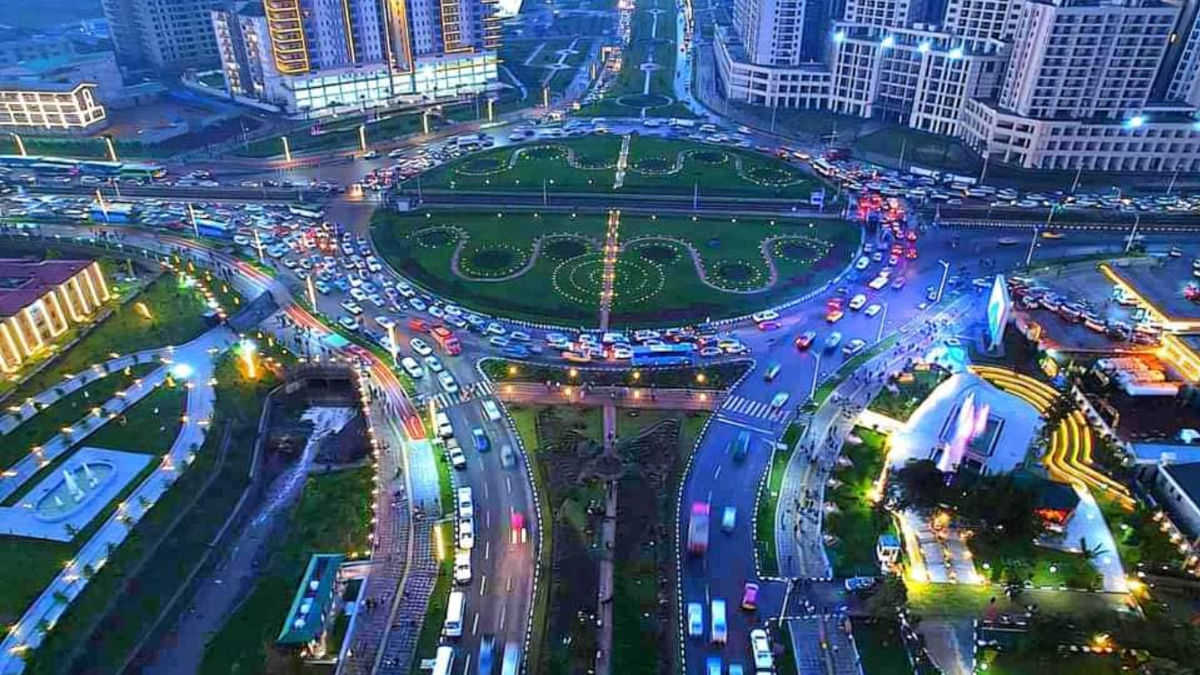
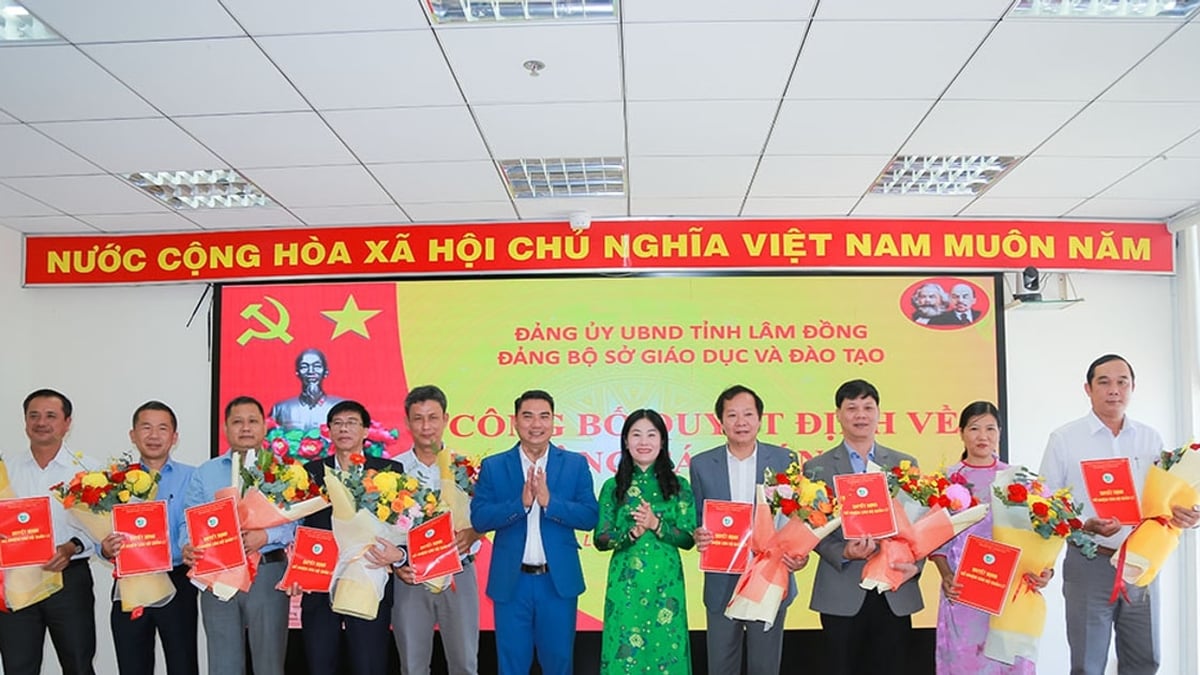
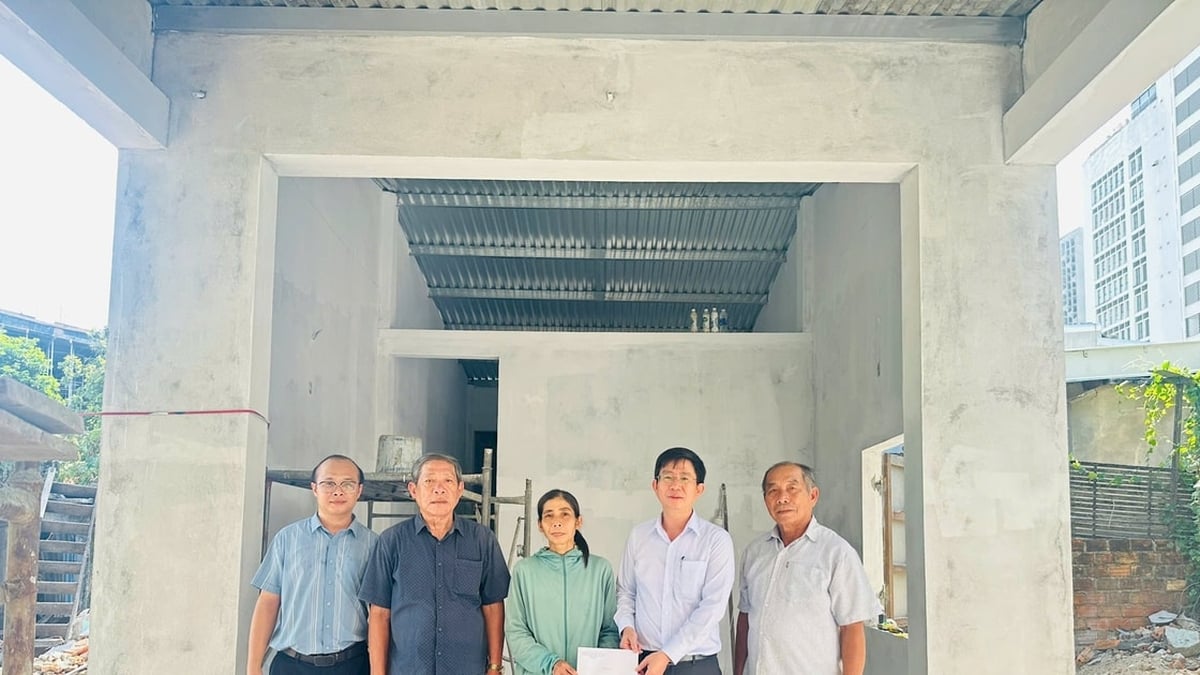
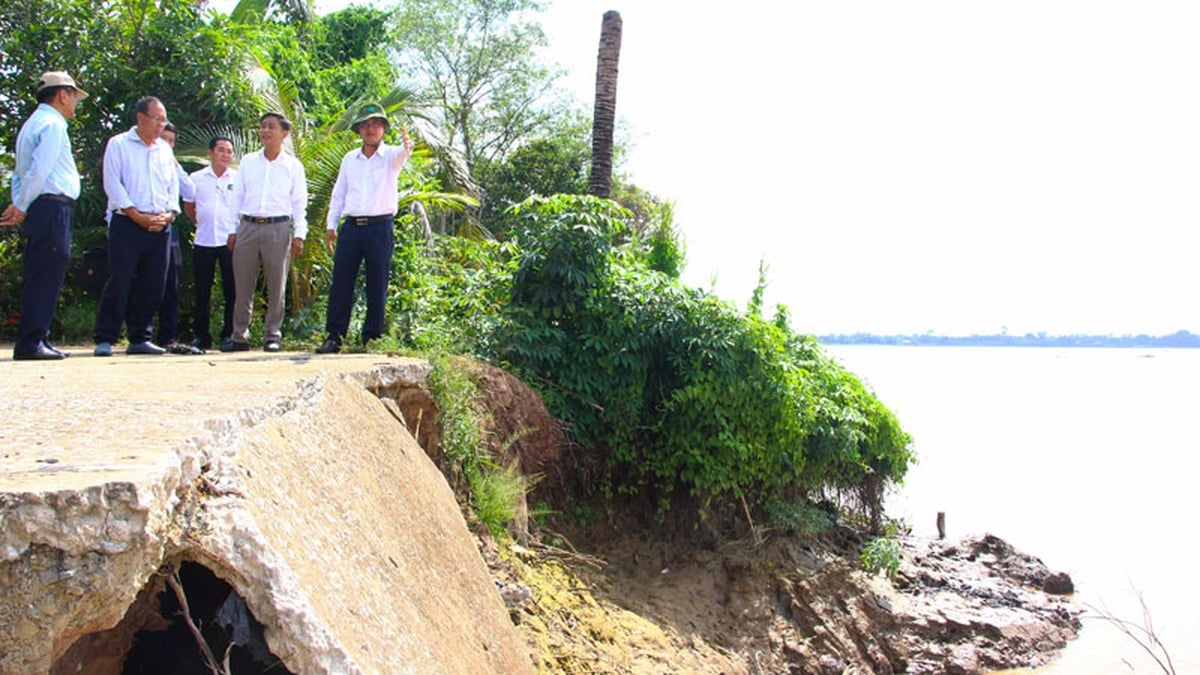

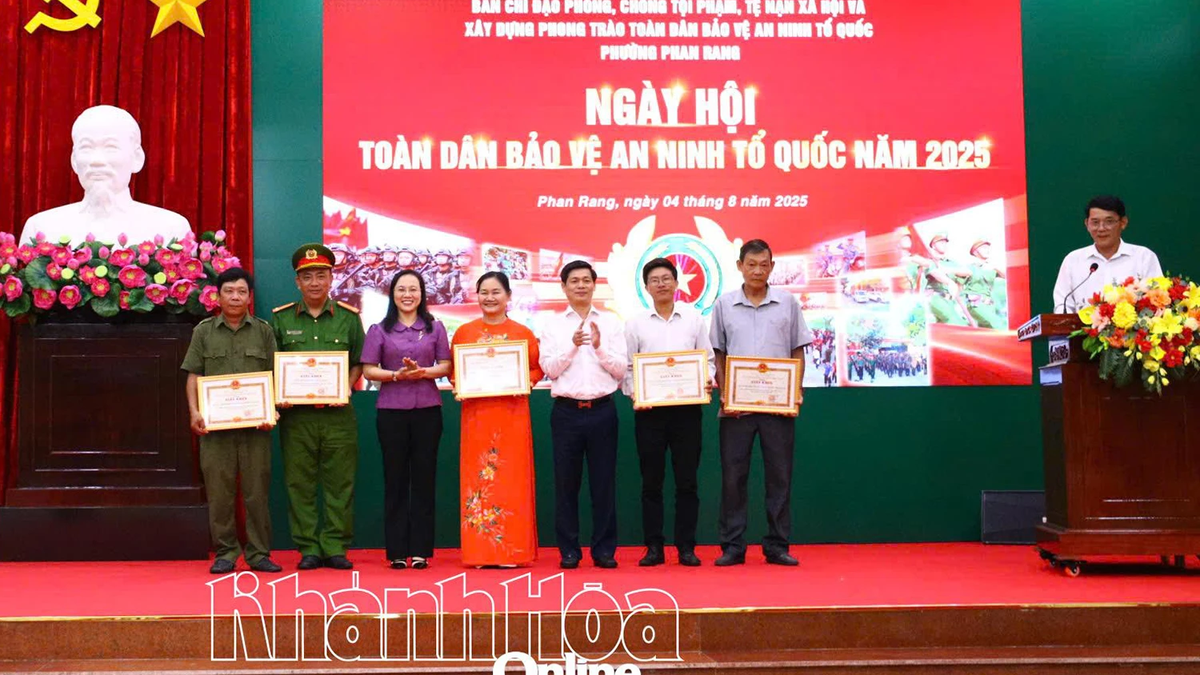

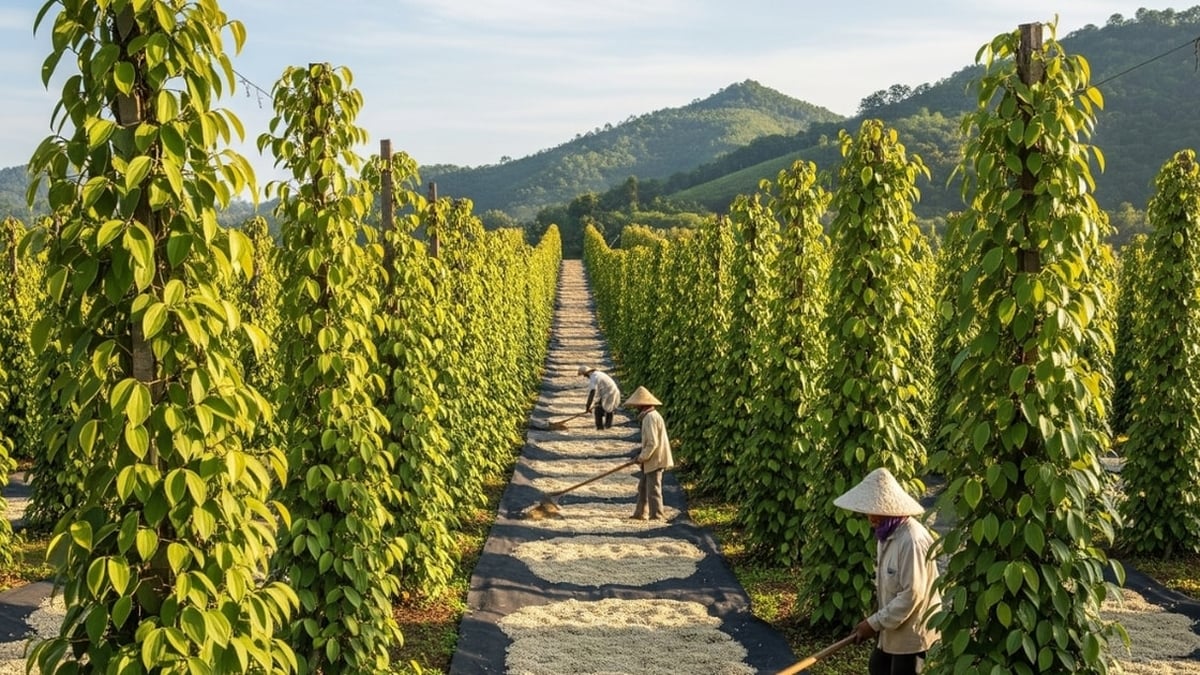
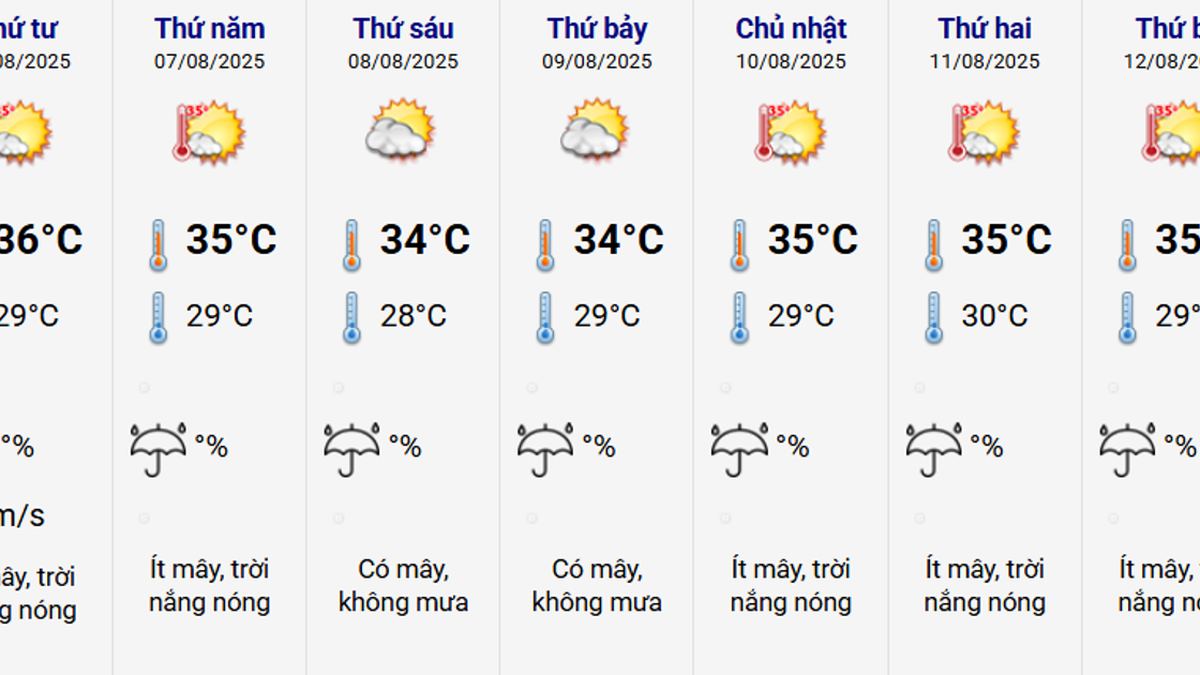
































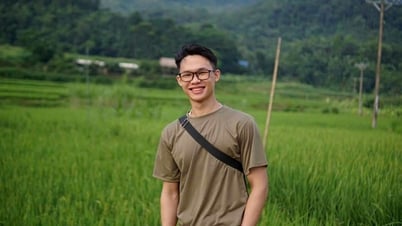

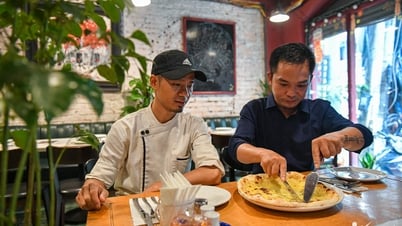

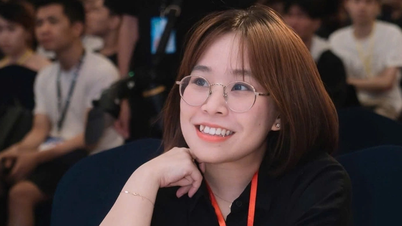

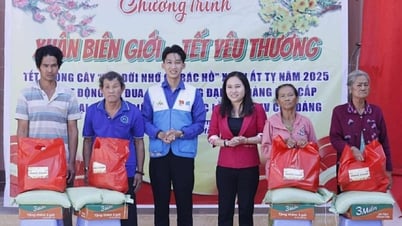






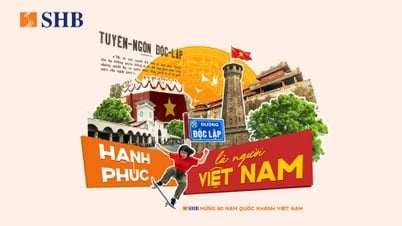


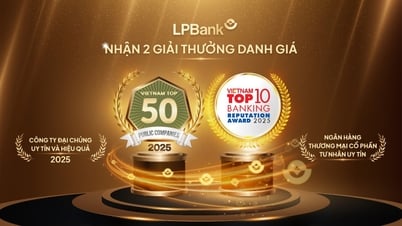

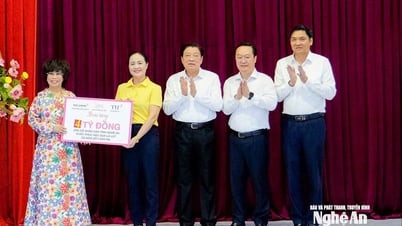


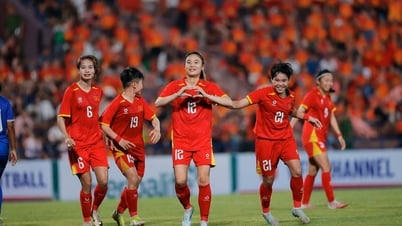

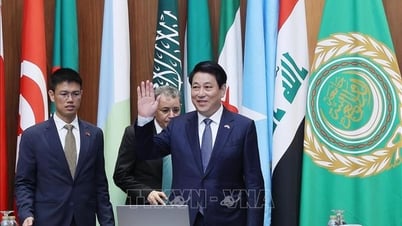

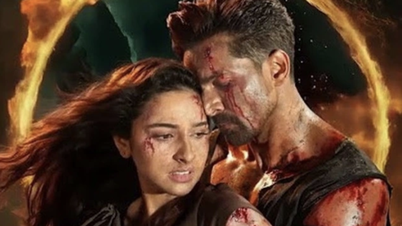

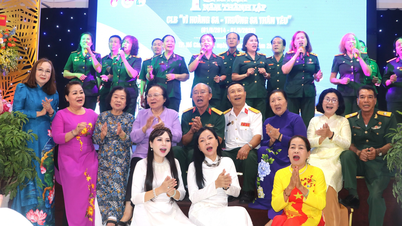
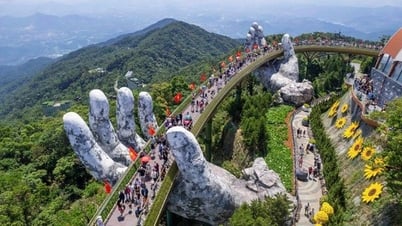


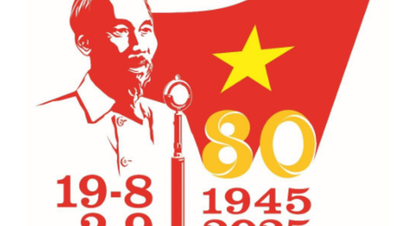
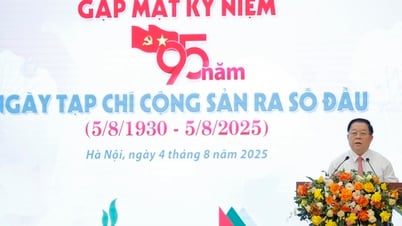

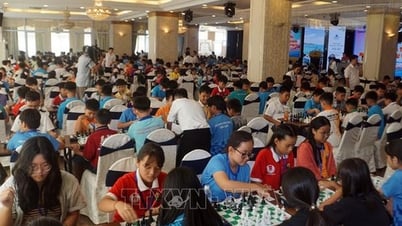


















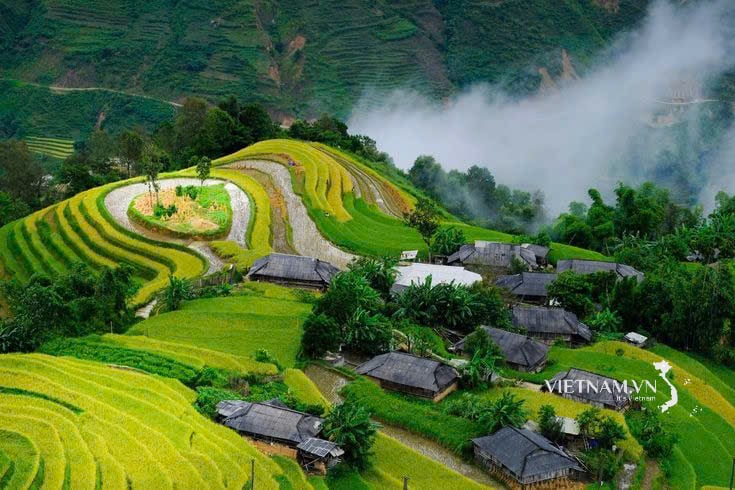


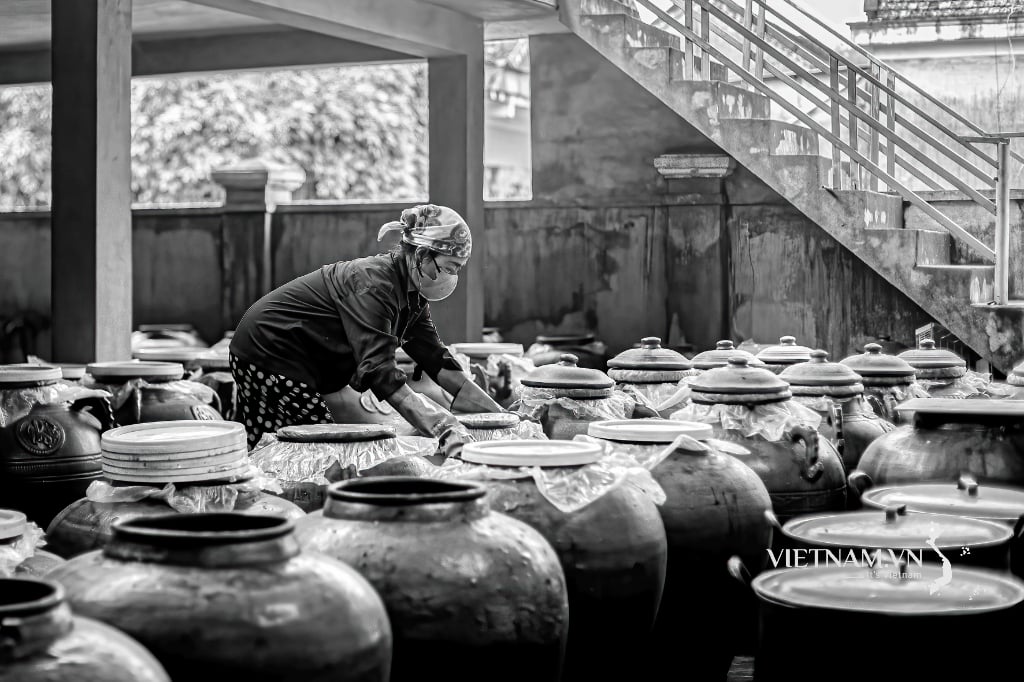
Comment (0)